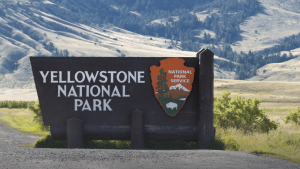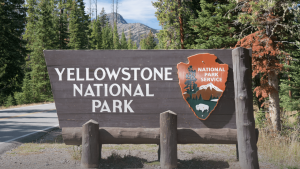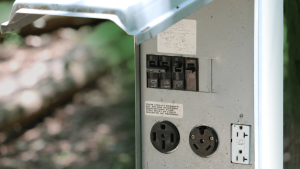Federal leases open 48,000 acres near Zion, Bryce Canyon, and Capitol Reef as environmental groups warn of lasting impacts.
At a Glance
- What’s happening: 48,000 acres of public land in Utah have been opened for coal leasing under the One Big Beautiful Bill Act (OBBBA).
- Where: Near Zion, Bryce Canyon, and Capitol Reef National Parks, plus Grand Staircase-Escalante National Monument.
- Critics’ stance: Critics say mining could harm air quality, water sources, and scenic views that draw millions of visitors each year.
- Government stance: Officials say the move will boost jobs, domestic energy production, and rural economies.
Travelers heading into Utah’s red rock country could soon see more than the familiar canyons and desert skies. The federal government has opened roughly 48,000 acres of public land for coal mining near some of the state’s most visited national parks under the One Big Beautiful Bill Act.
The decision has stirred sharp debate. Several parcels now available for lease sit beside or near Zion, Bryce Canyon, and Capitol Reef national parks, as well as the Grand Staircase-Escalante National Monument. One of the largest tracts, nearly 12,000 acres, borders the western edge of Grand Staircase-Escalante, just south of Bryce Canyon. Additional leases east of Capitol Reef stretch close to the park’s eastern entrance, while parcels near Zion include sections along the North Fork access road to the Zion Narrows and other scenic byways popular with travelers.
So what does that mean for visitors? Beyond the possibility of new industrial activity along once-quiet routes, the leases could affect trailheads, viewpoints, and campgrounds near these parks. Travelers who have come to expect unbroken views of sandstone cliffs might soon share the horizon with mining operations.
Environmental Groups Push Back
Environmental and conservation groups say the plan reverses decades of policy that protected these lands from heavy extraction. Steve Bloch of the Southern Utah Wilderness Alliance called it a direct threat to the character of southern Utah’s public lands. Cory MacNulty of the National Parks Conservation Association described the idea of coal mines near Zion or Bryce Canyon as “absurd,” pointing out that these areas were long considered off-limits to such development. Others, like Jacqualine Grant of Grand Staircase-Escalante Partners, warn that coal mining along the monument’s border could affect water that feeds into the Paria River, a vital tributary shaping the region’s ecosystem.
Environmental advocates also voiced opposition in statements to The Salt Lake Tribune in October 2025. Franque Bains, director of the Utah Sierra Club, called the administration’s move “tone deaf to the voice of the people,” while Aaron Paul, an attorney with the Grand Canyon Trust, said Americans don’t visit Utah’s parks “for a sweeping view of a coal mine.”
Federal Officials Defend the Move
Federal officials see it differently. Interior Secretary Doug Burgum said the move supports American energy independence and economic growth. He framed it as a promise kept to workers in mining regions, noting that lowering royalty rates and opening new land could translate into more jobs and stronger rural economies. “Washington doesn’t build prosperity,” he said. “American workers and entrepreneurs do.”
Broader Energy Policy Context
The leases stem from the broader One Big Beautiful Bill Act, paired with President Trump’s “Reinvigorating America’s Beautiful Clean Coal Industry” executive order earlier this year. Together, they open more than 13 million acres across the western United States for coal auctions. The Bureau of Land Management says lease sales are already underway, potentially adding hundreds of millions of tons of coal to the nation’s reserves.
Not everyone is convinced this will bring lasting benefits. Critics point out that coal demand has been in long-term decline and that burning it contributes to air pollution and haze, which already affect views from national parks across the Southwest. Some leases, environmental lawyers note, cover land the Bureau of Land Management itself once deemed unsuitable for coal mining. Others overlap with about 30,000 acres that advocacy groups had identified as eligible for wilderness protection.
What’s Next for Utah’s Red Rock Country
For now, travelers to southern Utah will see little immediate change. But if mining operations move forward, those who drive Utah’s Heritage Highway or camp near the rim of Bryce Canyon could find a different kind of view waiting for them in the years ahead.
Sources
- “Coal mining could change what RV travelers see near Utah’s national parks,” RV Travel — https://www.rvtravel.com/coal-mining-change-rv-travelers-utahs-national-parks
- “Trump admin offers up coal mining leases next to Utah’s famed national parks,” The Salt Lake Tribune, Oct. 8, 2025 — https://www.sltrib.com/news/environment/2025/10/08/trump-admin-will-allow-coal-mining/







Write a comment